DMR is currently working on five new, upgraded or repurposed healthcare spaces, a bright spot in real estate development during an uncertain economic time. The projects consist of addressing equipment upgrades, operational needs, and a focus shift to a higher degree of attention to the patient experience with four of New Jersey’s largest healthcare systems.
“Our healthcare clients are actively working to shift patient perceptions of their spaces from clinical, scary places that are almost seen as transactional to calming, welcoming, and experiential self-care activities,” said Pradeep Kapoor, AIA, LEED AP BD+C. “Healthcare facilities are like any other business, creating a welcoming and personalized environment will ensure repeat visits for everything from preventative to specialty care.”
Projects currently on the boards include:
- A relocation of the cardiology department at St. Peter’s University Hospital to accommodate for new equipment.
- A redesign of the Department of Surgery, also at St. Peter’s University Hospital, to accommodate growth/increased in-office services with nine exam rooms, three consultant rooms, and four stations of documentation and staff office/registration.
- The expansion of the Heart and Vascular Center at Hunterdon Healthcare‘s Bridgewater location by repurposing three exam rooms in an adjacent suite.
- A relocation of Valley Hospital‘s Primary Urgent Care Center facility in Dumont so that it can continue to meet patients’ needs in a modernized space.
- A finish upgrade to the lobby of Palisades Medical Center in North Bergen, part of the Hackensack Meridian Health system, to provide a warm and welcoming environment.


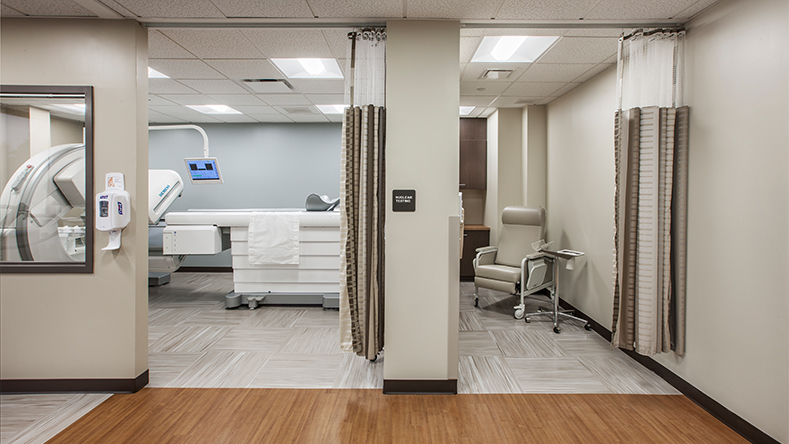
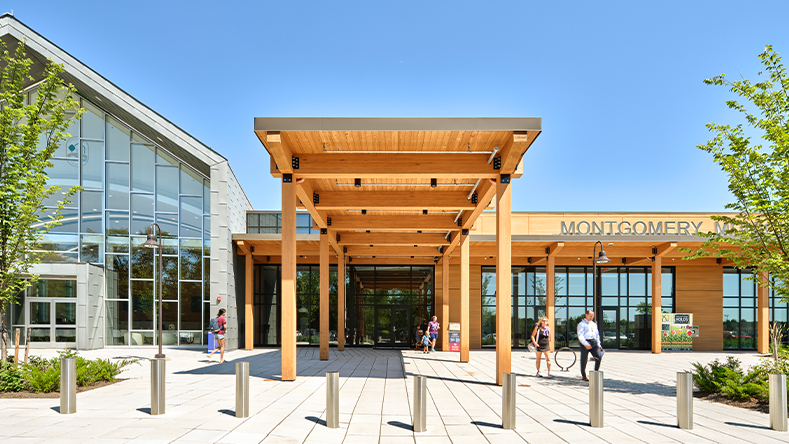
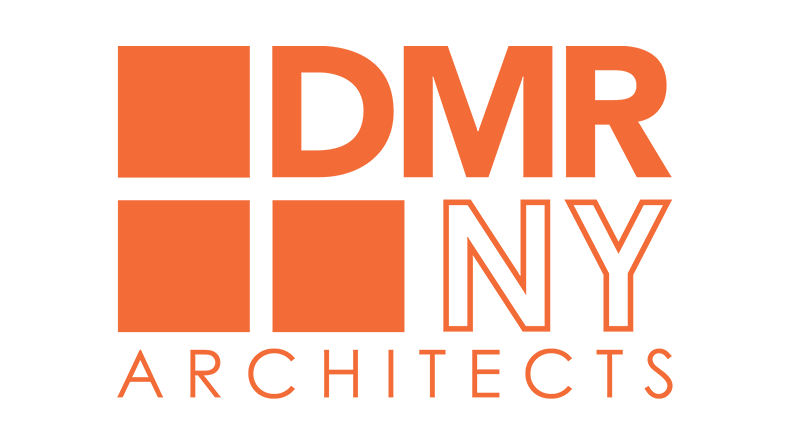
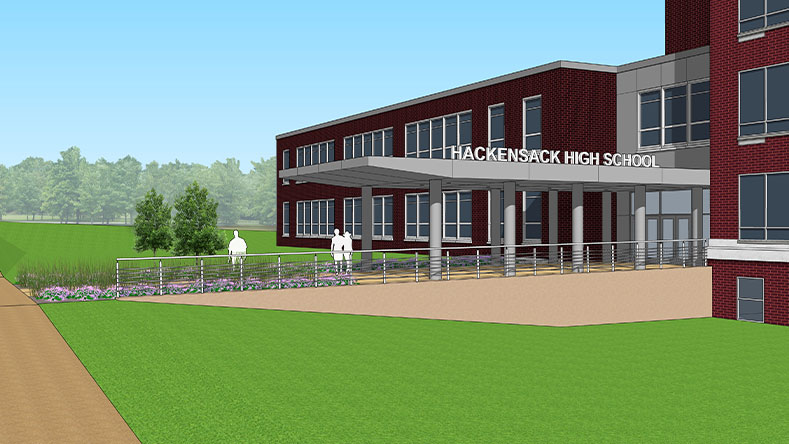


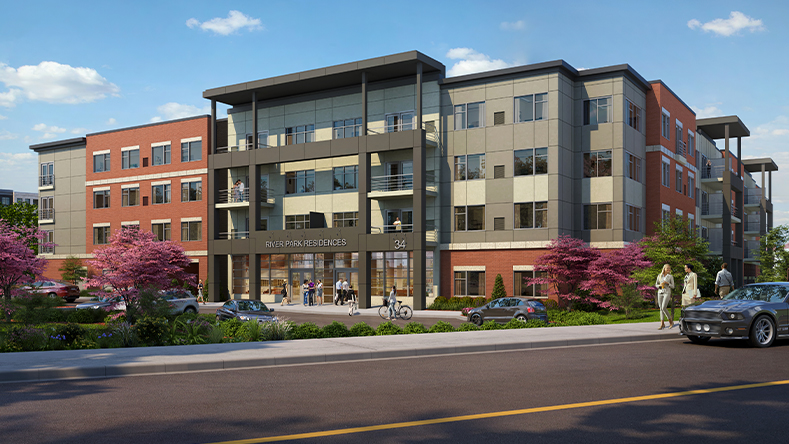
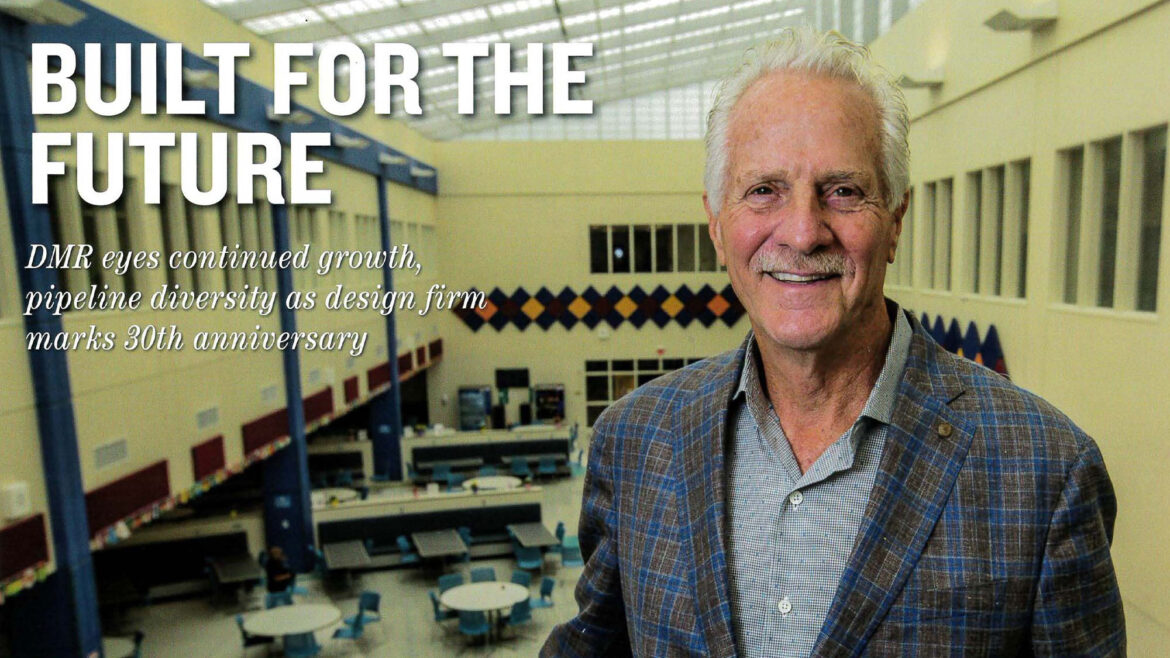
 By Joshua Burd
By Joshua Burd